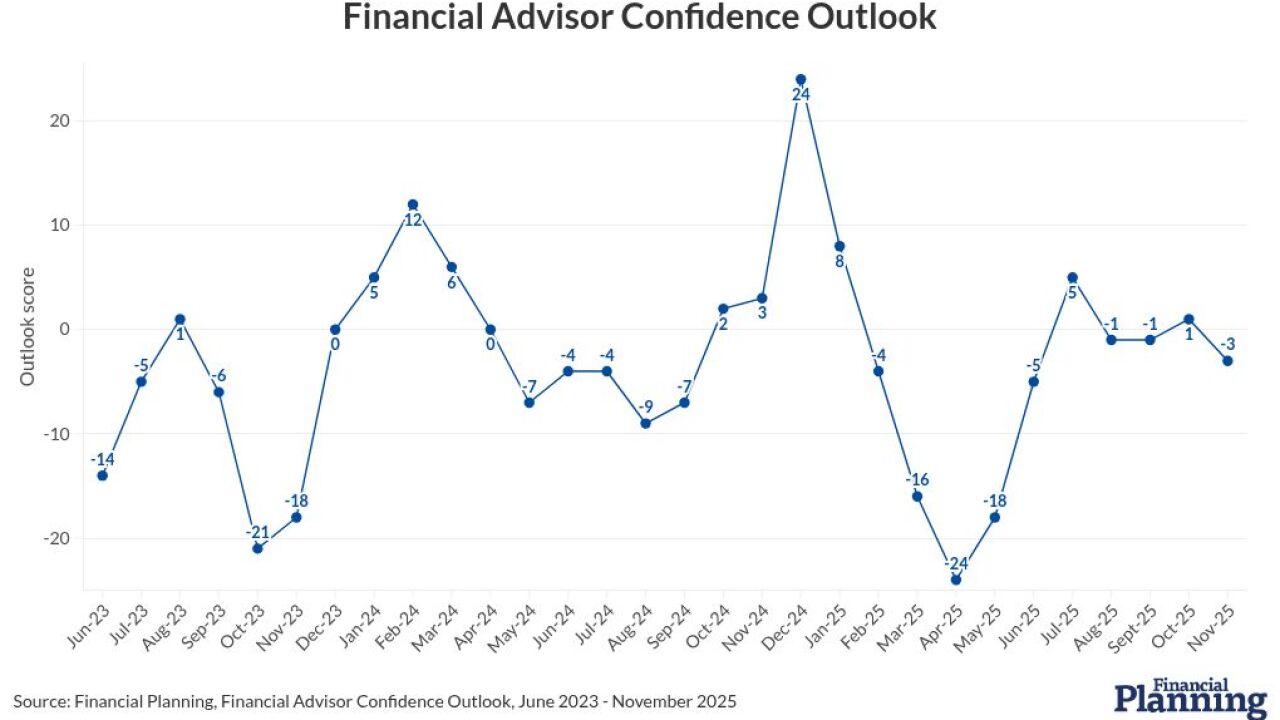Years ago, the airline industry provided passengers with niceties including hot meals, snacks and beverages at no additional charge. Now customers can hardly turn around without encountering a new fee for checked bags, seats with extra leg-room or early boarding privileges. Getting a bag of peanuts on some flights is impossible, and some airlines now charge fees even for carry-on bags. All these tagged-on expenses are part of the airlines' attempt to compensate for the rising cost of fuel prices while still offering relatively low fares.
Annoying as these practices may be, the banking industry has something to learn from fee-hungry airlines. Banking services have become more expensive over the last decade while fee income has eroded. Meanwhile, banks have enhanced the quality and range of services they provide to customers without charging enough fees to cover the cost. I am not advocating that banks follow the airlines' lead and start charging for every individual service they provide à la carte, but banks do need to re-think what they are and are not giving away for free.
Whereas checking account customers in the late 1980s and early 1990s might receive a checking account, a monthly statement, and a debit card, financial institutions now offer in-demand features like online banking, bill pay, free ATM transactions, mobile banking and remote check deposit applications. The banking industry prides itself on providing customers the best products and services money can buy. The problem is that no one "buys" them.
If a consumer wants all of these expensive services, they should have to pay for them. Free checking should be provided only to customers who sign up for the most basic accounts and are willing to give up certain frills in order to avoid fees. Customers who want checking accounts that come with a full range of services like bill pay, mobile banking and remote deposit capture should understand that they'll have to either pay a fee or maintain a balance relationship sufficient to warrant waiving that fee. In today's environment, that demand deposit account balance would have to be in excess of $20,000 for banks to break even. For competitive reasons, an average balance threshold in the $5,000-$10,000 range may suffice.
Of course, banks have trained their customers to expect to receive a range of services for free. Can they suddenly start charging a paper statement fee to all customers who decline to sign up for e-statements? Asking people to pay extra for the same things they previously received gratis is not the way to go. Just look at the backlash against airlines over baggage fees. Instead, banks should add value to customers' checking accounts, offering to provide them with services they want and need for a price. Examples of these added-value services might include identity theft protection, credit score monitoring with alerts and cell phone insurance.
Bundling these services together for a monthly fee and attaching them to all but the most basic, no-frills checking accounts, rather than selling them individually, will help banks effectively implement monthly maintenance fees across more than 80% of their account base. This will significantly increase fee income immediately, whereas trying to sell these enhancement services separately would generate only a few dollars of revenue per sale. If banks also offer to waive the monthly fee for accounts with value-added products when customers keep a minimum balance above a given amount, they can motivate customers to bring in additional deposits.
If banks implement additional service fees with the right products, a careful strategy, and thorough employee training, the end result will be much happier customers and a big boost to fee income.
Mike Sobba is president of Strunk LLC, a consulting firm for community banks and credit unions.
Read more:
Want to Boost Branch Traffic? Partner With Retailers Tellers Become Guides and Storytellers in High-Tech Branches How to Get Branch Employees to Refer More Bank Customers





